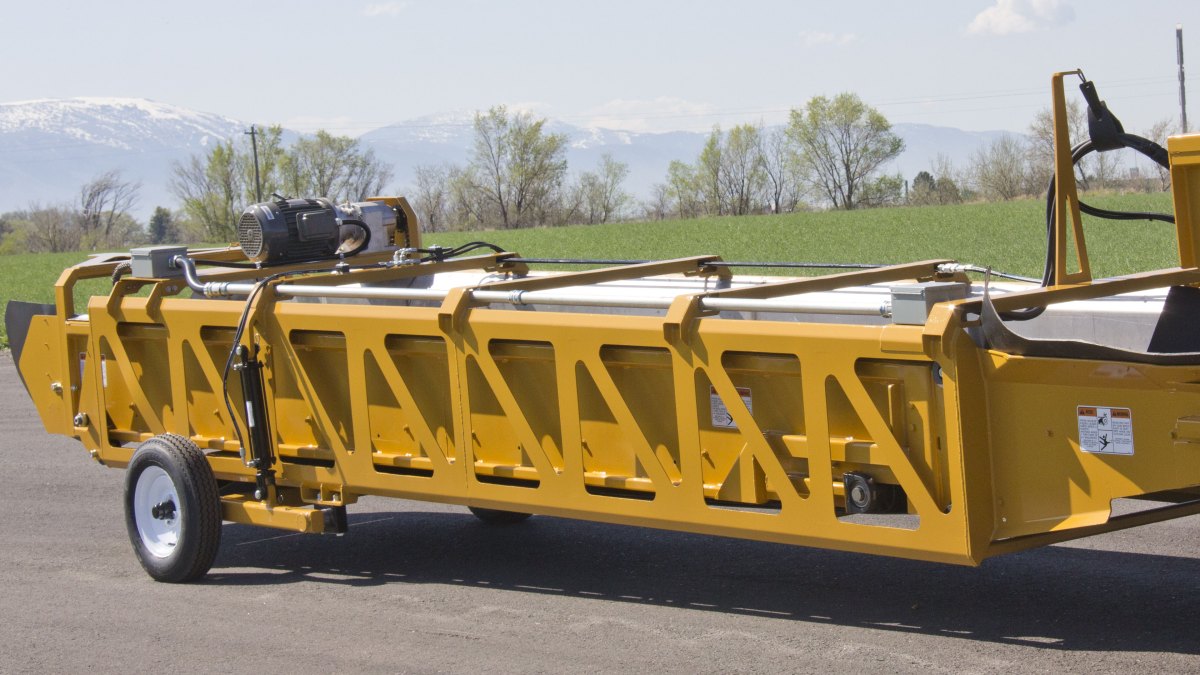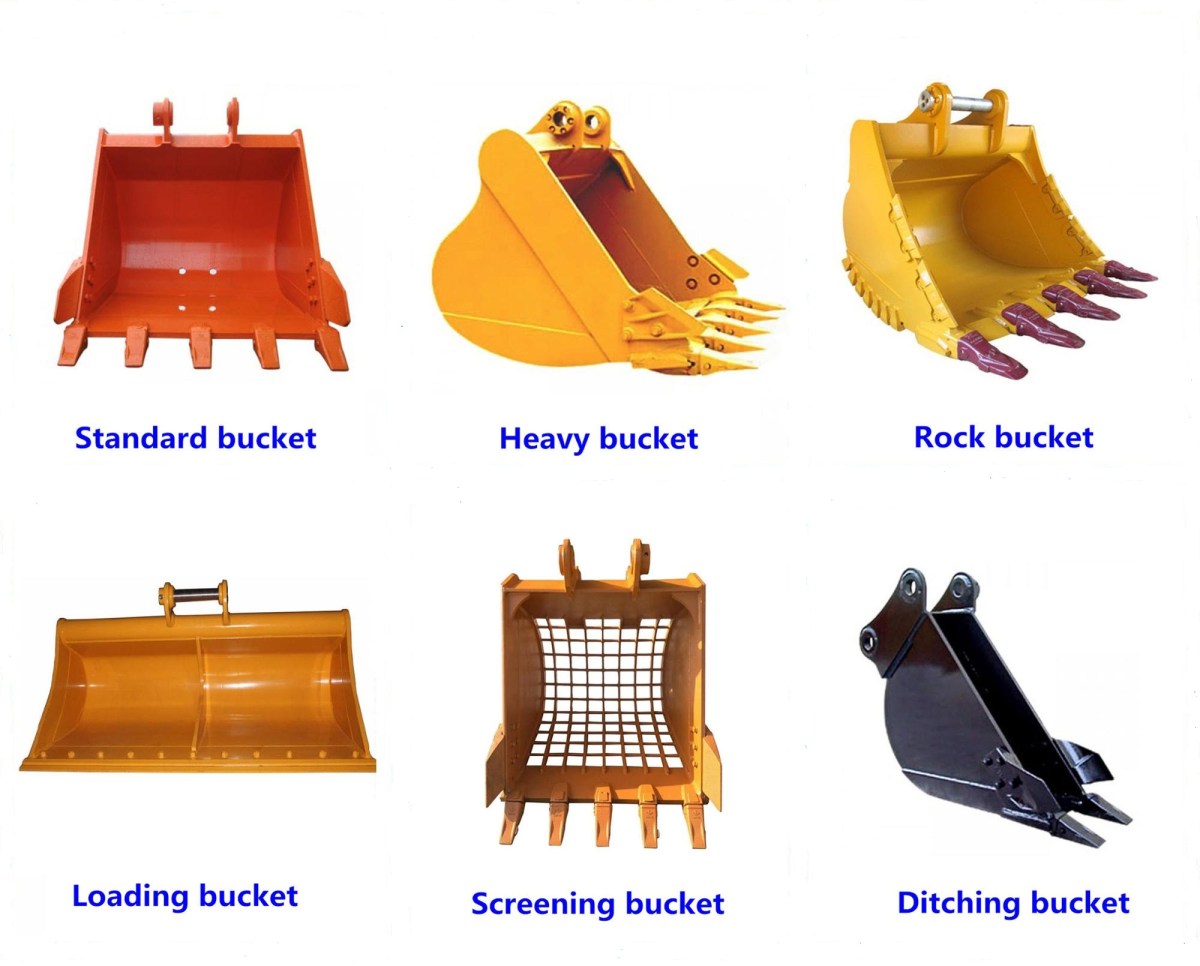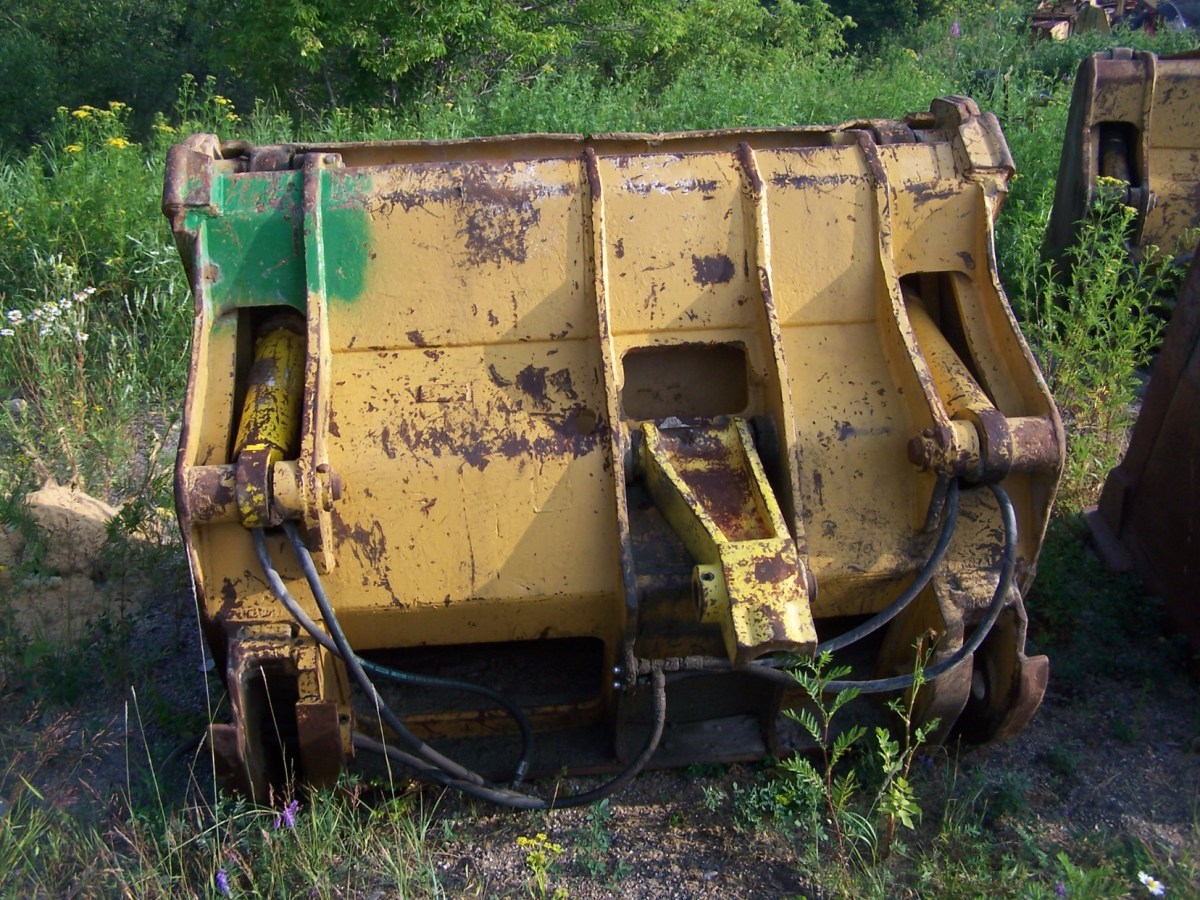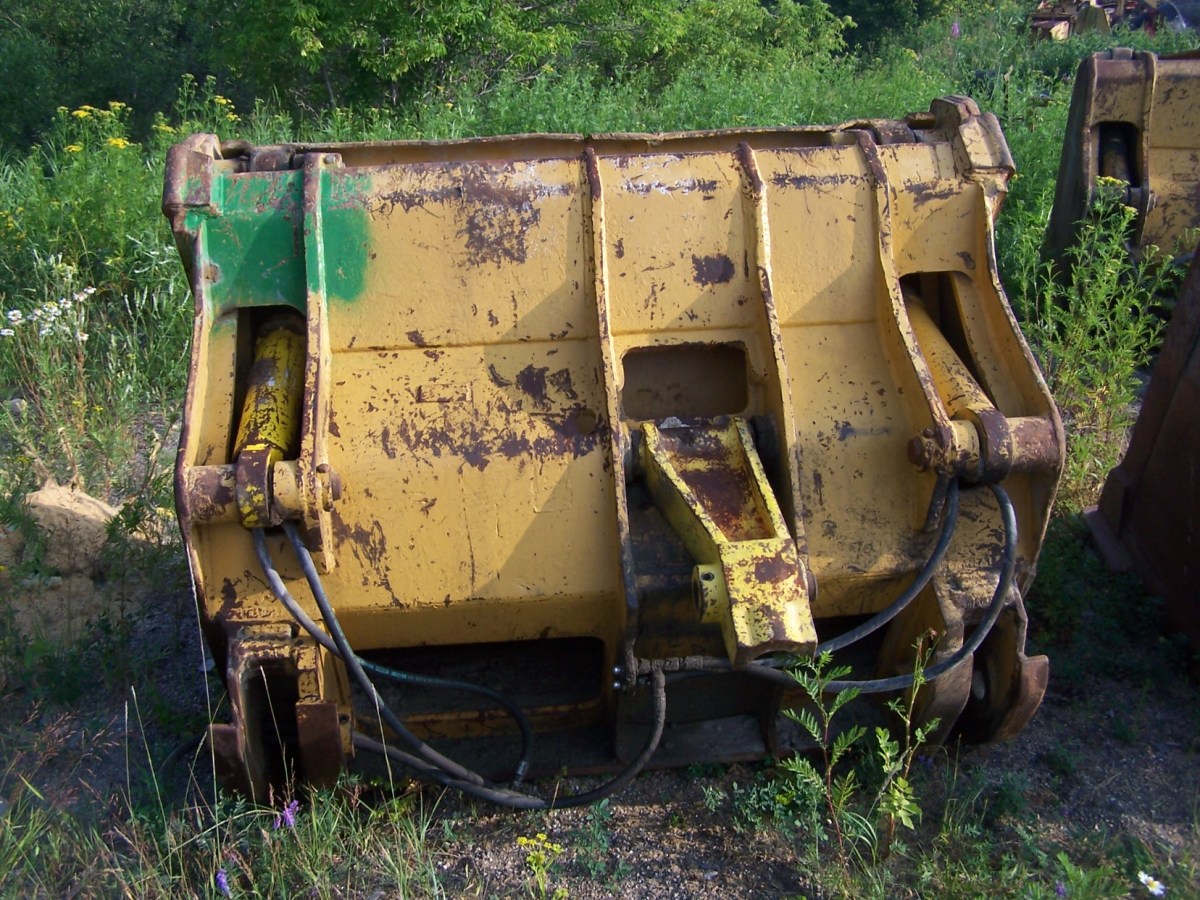Super Scoopers: These ingenious devices are more than just oversized ladles; they’re crucial tools for efficient water collection in various demanding situations. From firefighting to industrial applications, super scoopers represent a fascinating blend of engineering and practicality. This guide explores their design, operation, applications, and environmental impact, providing a comprehensive overview of this often-overlooked technology.
We’ll delve into the mechanics of how these devices work, examining their internal components and the physics behind their water-gathering capabilities. We’ll also compare different super scooper designs, analyze their advantages and disadvantages across various industries, and discuss the importance of proper maintenance and safety procedures. Finally, we’ll look at the environmental considerations surrounding their use and explore potential future innovations in super scooper technology.
Super Scoopers: A Deep Dive
Super scoopers are specialized aircraft designed for rapid water collection and aerial firefighting. This article provides a comprehensive overview of their design, operation, applications, maintenance, environmental impact, and future prospects.
Defining “Super Scooper”
A super scooper is a type of amphibious aircraft equipped with a large water scoop located at the bottom of the fuselage. This scoop allows the aircraft to rapidly collect water from lakes, rivers, or other water sources, and then deliver this water to fire-affected areas. Several types exist, varying in size, capacity, and design features. Early designs were often modifications of existing aircraft, while modern super scoopers are purpose-built with optimized aerodynamics and water intake systems.
Super Scooper Mechanisms and Operation
The internal mechanism of a super scooper involves a sophisticated system of pumps, valves, and tanks. During water collection, the aircraft skims the water surface at a carefully controlled speed, lowering the scoop to fill the tanks. This process is highly efficient, allowing for rapid refilling and multiple water drops in a short time. The tanks are then sealed, and the aircraft returns to the fire, releasing the water via a system of doors or valves.
Water Flow Diagram:
| Stage | Description | Component | Diagram |
|---|---|---|---|
| Intake | Water enters the scoop. | Scoop, Intake Valves | ↓ |
| Pumping | Water is pumped into the tanks. | Pumps, Pipes | → |
| Storage | Water is stored in internal tanks. | Water Tanks | ↻ |
| Release | Water is released via doors or valves. | Release Valves, Doors | ↑ |
Materials commonly used in super scooper construction include high-strength aluminum alloys for the fuselage, titanium for high-stress components, and specialized composites for weight reduction and durability. Corrosion-resistant materials are crucial for longevity.
So you’re thinking about super scoopers, those awesome firefighting planes? They’re pretty amazing, right? But planning ahead is key, especially with big financial decisions like your home. Check out this helpful resource on 2025 mortgage renewal in Canada to get a head start on your renewal process. Knowing your financial situation will help you feel more secure, just like knowing a super scooper is ready to tackle a wildfire!
Applications of Super Scoopers
Super scoopers find applications in various scenarios, primarily in aerial firefighting. Their efficiency in rapidly collecting and delivering large quantities of water makes them invaluable tools for tackling wildfires and other large-scale fires.
Ever seen a super scooper in action? Those amazing firefighting aircraft are seriously impressive. To really understand how they work, check out this awesome resource on the super scooper plane and its unique design. Learning about the plane’s mechanics helps you appreciate the incredible engineering behind the whole super scooper operation, from water collection to aerial deployment.
- Wildfire Suppression
- Controlled Burns
- Emergency Water Delivery (droughts)
Compared to other water collection methods, such as ground-based tankers, super scoopers offer significantly faster refill times and greater reach, enabling them to cover vast areas efficiently. However, they are more expensive to operate and require specialized infrastructure (water sources close to fire sites).
Maintenance and Safety Procedures
Routine maintenance includes regular inspections of the scoop, pumps, tanks, and control systems. Safety precautions emphasize careful pilot training, adherence to strict operational procedures, and thorough pre-flight checks. Proper cleaning and storage procedures are vital to prevent corrosion and maintain operational readiness.
Troubleshooting common malfunctions involves systematic checks of the hydraulic system, electrical components, and water intake mechanisms. Regular maintenance significantly reduces the likelihood of such issues.
Environmental Impact and Considerations

While super scoopers are vital for firefighting, their operation can have environmental consequences. Potential water contamination during water collection is a concern, and care must be taken to avoid disturbing sensitive aquatic ecosystems. Minimizing environmental impact requires careful site selection, adherence to operational guidelines, and post-operation environmental monitoring.
A plan for minimizing environmental impact includes selecting water sources with minimal ecological sensitivity, limiting the number of water collection passes, and implementing water quality monitoring protocols.
Future Developments and Innovations

Future developments may focus on increasing water capacity, improving fuel efficiency, and integrating advanced technologies such as autonomous flight capabilities. The use of lighter, stronger composite materials and more efficient pump systems could further enhance their performance and sustainability. A next-generation super scooper might incorporate drone technology for improved precision water delivery.
A conceptual next-generation super scooper might feature a larger water capacity, advanced sensor systems for real-time water quality monitoring, and an autonomous flight system capable of coordinating with other firefighting resources. This could significantly enhance efficiency and reduce environmental impact.
Illustrative Examples
Imagine a bright red Canadair CL-215, approximately 19 meters long, with its distinctive twin turboprop engines. As it skims the surface of a calm lake, the large scoop at the bottom of its fuselage dips into the water, filling its internal tanks within seconds. The aircraft, made of aluminum and composite materials, then climbs swiftly, carrying its load of water towards a raging wildfire, releasing it with precision.
In a hypothetical scenario, a fleet of super scoopers successfully contained a rapidly spreading wildfire in a remote mountainous region, where access for ground-based firefighting crews was severely limited. Their rapid water delivery and ability to access challenging terrain proved critical in preventing the fire from destroying a nearby village.
Epilogue: Super Scooper

Super scoopers, while seemingly simple, represent a sophisticated solution to efficient water collection in diverse and challenging environments. Understanding their design, operation, and environmental impact is crucial for optimizing their use and minimizing any potential negative consequences. As technology advances, we can expect to see even more efficient and sustainable super scooper designs emerge, further enhancing their role in various industries and emergency response scenarios.
From fighting wildfires to industrial water management, the super scooper’s impact is undeniable, and its future looks bright.
Expert Answers
What materials are typically used in super scooper construction?
Super Scoopers are amazing firefighting aircraft, right? Imagine getting a truly bird’s-eye view of a wildfire, assessing the situation in real-time with a high-resolution drone camera. This technology could help Super Scoopers target their water drops more effectively, improving their efficiency and saving lives. The data collected could also improve future wildfire response strategies for Super Scoopers and other firefighting teams.
Common materials include high-strength alloys, durable polymers, and corrosion-resistant coatings, chosen for their ability to withstand harsh conditions and repeated use.
How often should a super scooper undergo maintenance?
Regular maintenance schedules vary depending on usage, but inspections and cleaning should be performed after each use, with more thorough servicing at set intervals (e.g., monthly or annually).
Are there any legal regulations surrounding the use of super scoopers?
Super Scoopers are amazing firefighting aircraft, known for their massive water-scooping capacity. Think of the scale – they can tackle huge blazes, unlike smaller aircraft. To get a sense of the kind of devastation these planes fight, check out this article on the devastating LA fire from plane crash. Seeing the scale of that disaster really highlights the crucial role super scoopers play in containing wildfires before they get out of control.
They’re truly essential for wildfire suppression.
Regulations vary by location and application. Check with local authorities and relevant industry standards for specific requirements.
What are some common malfunctions and how can they be fixed?
Common issues include leaks, mechanical failures, and damage to the scoop. Troubleshooting often involves inspecting seals, checking for wear and tear, and potentially replacing damaged parts.
